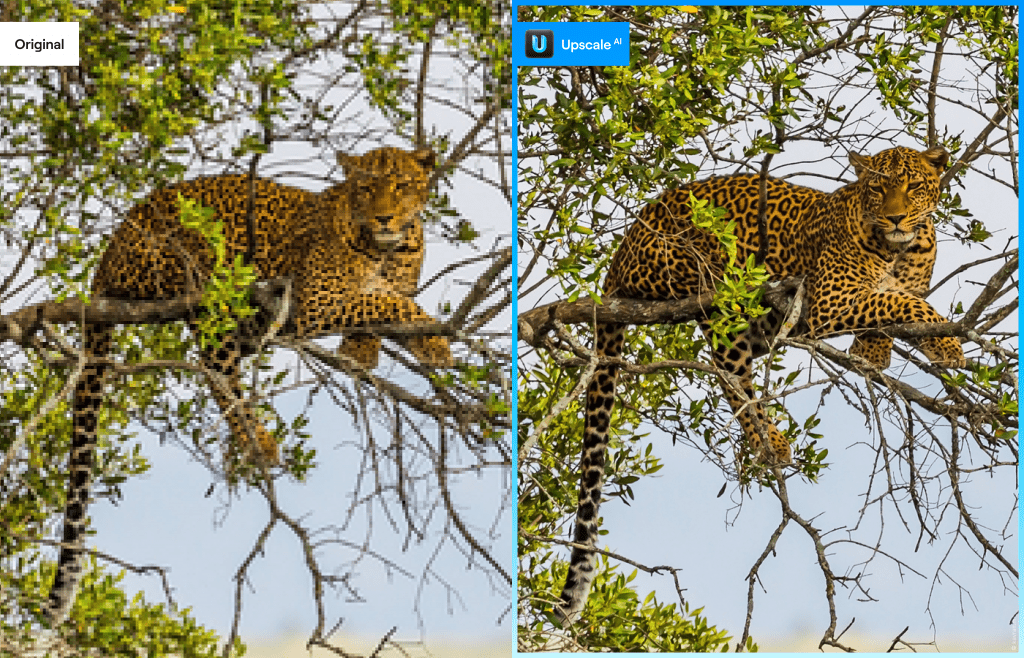
Using sliders for the near parts of the photo, Luminar Neo recognized those accurately. The editor struggled to process which parts of the image are considered “far”.īut, when I worked with the “Brightness Near” and “Warmth Near” sliders, below, the AI responded well and edited the right parts of the photo.
Luminar neo review software#
This means that when you increase the “Brightness Far” slider, the software sometimes increases brightness in the whole image, not just behind the subject. For example, the new Relight AI often struggles to pick out which parts of the image are considered “near” and “far.” That said, the AI tools feel like they need further refinement ahead of launch as their functionality - at least in this early release - can be cumbersome. Fast Tools, But the AI is Not Perfectįor the most part, the majority of the tools available are enough for photographers to edit a photo from start to finish, even without the introduction of the new AI tools or layers. The app will likely be handy for photographers who enjoy sharing their work on social media and want a quick way to do it, in which case sharing a WiFi network isn’t a particular hurdle. The only downside is that both need to be on the same WiFi network, presumably because the files are quite large and they are being sent directly to each other rather than using a cloud service as a go-between. It is very easy to pair your desktop device with your mobile, and you can quickly share your edits to your smartphone or send mobile photos to your desktop. On the other hand, the new Luminar Share app works well. However, I didn’t find it to be a smooth experience. You can discard all your edits or select one to presumably view how that tool changed your original photo.
Luminar neo review how to#
To see all tools you have applied, you can head over to the “Edits” panel which is not user-friendly and the software doesn’t explain how to interact with it. Layers are also not present in this release. All your applied tools can be viewed under the “Edits” panel. However, this is an early look at the software, and when asked, Skylum says it is aware the feature is missing and that it will be present in a later build. You’re reading that right: this version of the software appears to lack an “undo” feature.Ĭurrently, Neo only has an option to clear all your selections, remove all the adjustments made with each tool, or you can click the “Deselect” button and use the brush to paint over which parts of the photo you want to undo. For example, if you painted over too many sections of the photo and want to undo your last action, you can’t do it. I noticed that the early release of Luminar Neo is less forgiving if you want to quickly undo actions using familiar shortcuts because it has no undo or redo functionality. Considering it’s an early release, it works well enough that you can already use it to edit photos successfully, albeit with a lack of some functionality and compromising on some other features.
Overall, the performance of the editor is not bad and the majority of tools are fast to load. The difference is that you have to “paint” the destructive elements first, like the remaining birds in the example above, and then click “erase.” Compared to Adobe’s click-and-release method, this takes an extra step.
Luminar neo review manual#
Luminar Neo has a manual brush to remove additional elements, similar to Adobe Photoshop’s Spot Healing Brush tool. The process takes a few seconds and the results are not spotless, but they are a good starting point to continue manually cleaning up the photo.

Unless you know where to look, you might miss them.īoth removal tools use artificial intelligence (AI) to analyze photos and remove the elements to save time. Considering the two are important features of the early access version, it was somewhat surprising how long it took to find them. For those familiar with Skylum products, Luminar Neo has retained familiar tools and the overall look of the user interface available in Luminar AI and Luminar 4.īoth the new Dust Spot Removal and Powerlines Removal tools can be found under the “Erase” panel. The software has a clean, dark, and distraction-free user interface, with all tools neatly located on the right.


 0 kommentar(er)
0 kommentar(er)
